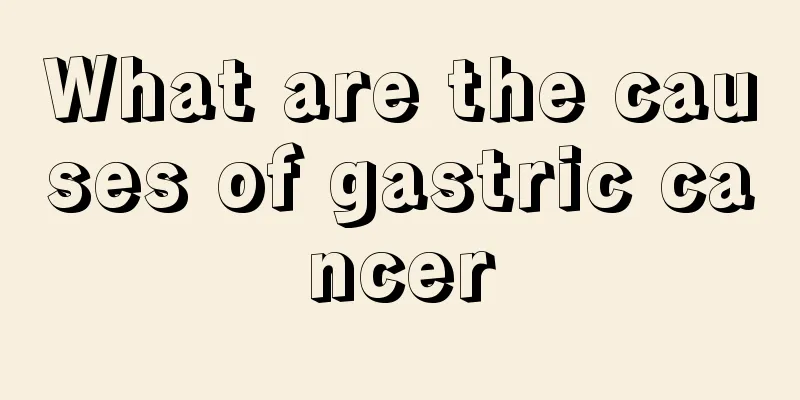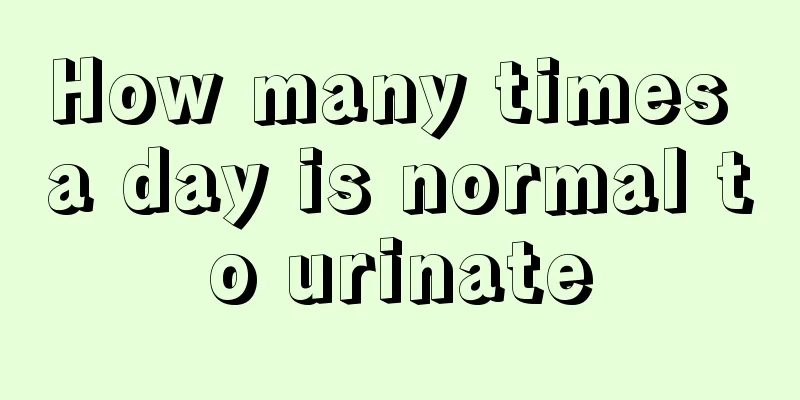Understanding thyroid cancer examination

|
If someone around us suffers from thyroid cancer, we must seek timely treatment. In our daily lives, many people will encounter thyroid cancer, so it is necessary to actively learn about thyroid cancer. Now I will take you to read about thyroid cancer examination, and I hope it will be helpful to everyone. Thyroid cancer screening includes the following: 1. X-ray film (1) The neck is straight. A giant thyroid gland can show the outline of soft tissue and calcification shadows, which are patchy and have a relatively uniform density. X-ray films of malignant tumors often appear cloudy or granular, with irregular boundaries. The relationship between the trachea and the thyroid gland can be understood through the frontal and lateral views of the neck. Benign thyroid tumors or nodular goiters can cause tracheal displacement, but generally do not cause stenosis. Advanced thyroid cancer infiltration of the trachea can cause tracheal stenosis, but the degree of displacement is relatively mild. (2) Chest and bone X-rays: Routine chest X-rays can be used to determine whether there is lung metastasis, and bone X-rays can be used to determine whether there is bone metastasis. Bone metastasis occurs in the skull and is mainly osteolytic destruction without periosteal reaction, which may invade adjacent soft tissues. 2. CT scan On CT images, thyroid cancer appears as a blurred boundary within the thyroid gland, with calcification points sometimes visible. Adjacent organs such as the trachea and the trachea can also be observed. It often protrudes beyond the thyroid area, with unclear density and boundary with surrounding tissues. Metastatic lesions may also be found, with no enhancement in cystic changes and necrotic areas. Advanced cancer metastases to the lungs, skull, and bones can also be displayed, and the patient's prognosis can be evaluated. 3. B-ultrasound and color Doppler ultrasound examination Ultrasound examination has a high resolution for soft tissue, and its positive rate is better than that of X-ray examinations. It can distinguish cystic and solid tumors with an accuracy rate of 80% to 90%. The capsule of thyroid cancer nodules is incomplete or absent, and may show crab-like changes and sand-like calcification, which is more common in papillary carcinoma. Cyst images are less common. There is an arterial blood flow spectrum in the tumor, and enlarged lymph nodes can be found. The longitudinal diameter of the lymph nodes is 2: the transverse diameter. The blood flow signal distribution is disordered, which is manifested as interruption of the echo of the thyroid capsule or internal jugular vein. If it metastasizes to the internal jugular vein, it will appear low. Color Doppler ultrasound can show dot-like or strip-like blood flow signals. Through the above introduction to thyroid cancer, we have learned the reasons for the examination of thyroid cancer. We should pay attention to these factors and stay away from the causes of thyroid cancer. |
<<: Analysis of the current status of thyroid cancer
>>: What is the cure rate of pituitary tumors
Recommend
Oil fume purifier cleaning
The fume purifier can eliminate kitchen fumes. We...
Analysis of common biological treatment methods for lymphoma
There are many clinical methods for treating lymp...
How long do eggs and sperm survive?
For many young couples who want to get pregnant, ...
How to quickly cure facial peeling
The symptom of facial peeling can cause dry and u...
Symptoms of advanced bladder cancer spread
Symptoms of advanced bladder cancer: The symptoms...
Can I eat perilla leaves if I have skin allergies?
Perilla leaves are actually used as a traditional...
Can I apply Aloe Vera from Never Sleep City on my face?
Aloe vera is a common plant in our daily life and...
What are the principles for the treatment of liver cancer? There are two principles to follow in the treatment of liver cancer
Liver cancer is a very difficult disease to cure,...
Can cactus remove acne?
The cactus is covered with sharp thorns and looks...
How to diagnose early lung cancer? 3 diagnostic techniques for early lung cancer
When talking about cancer, many people often chan...
How to use a wine dispenser?
Nowadays, many people like to drink foreign liquo...
Traditional Chinese medicine treatment against pancreatic cancer
Effective methods of TCM treatment of pancreatic ...
Does the induction cooker have radiation?
One issue that people are very concerned about no...
Does a hair dryer emit radiation?
I believe everyone uses hair dryers, but in fact ...
How to take care of curly hair
As hair grows longer, the ends of the hair become...









